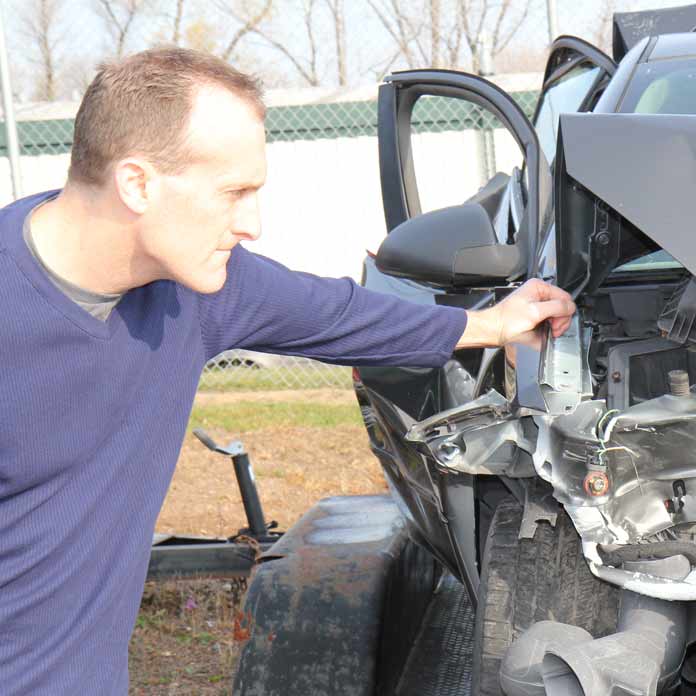Yes, you can sue for a spinal cord injury syndrome if there is evidence that another person and/or a company is at fault. Our lawyers help people with personal injury claims involving traffic accidents, explosions and product liability.
You can contact our law firm for a free consultation with a lawyer using the form below.

Anterior Cord Syndrome
Anterior cord (artery) syndrome is a result of damage to the front part of the spinal cord. Severe cases can involve complete paralysis. Less severe cases may have some retention of motor function. The following can cause this damage:
- Wedge compression fracture that compresses the anterior spinal artery
- Teardrop fracture (a fracture of the anteroinferior aspect of the vertebral body the front portion of the vertebrae) that produces a fragment resembling a teardrop) where the teardrop fragment is driven into the anterior portion of the spinal cord
- Burst fracture (a crushing of the vertebral body in all directions) when a fragment is driven into the anterior portion of the spinal cord
Central Cord Syndrome
Central cord syndrome is caused by damage to the cervical spinal cord. It is primarily affects the arms, which may be have a degree of paralysis. Below the point of impact, there may be a loss of sensation, including pain, temperature and light pressure.
Brown-Séquard
Brown-Séquard syndrome happens when one side of the spinal cord suffers significantly more damage. It can be caused by penetrating wounds and fractured vertebrae. The body loses motor function, the senses of vibration and touch, and the sense of the location of touch. On the opposite side of the injury, there may be a loss of pain and temperature sensations.
Conus Medullaris
Conus Medullaris syndrome happens when the end of the spinal cord (T12-L2) is damaged. In some cases there can be paraplegia and bowel, bladder and other functions can be diminished.
Cauda Equina
Cauda Equina syndrome happens when nerve roots at the end of the spinal cord (L2-S5) are injured. This can cause low-back pain, weakness (even paralysis) of the legs, loss of sensation, bowel and bladder dysfunction and loss of reflexes.
Spinal Cord Injury Lawsuit Compensation
Compensation for anterior cord syndrome spinal injuries should include amounts for medical expenses, cost of care, lost income, pain and suffering, emotional distress, disability, loss of quality of life and other damages. Our spinal cord injury lawyers have a national practice representing people with spinal cord injuries caused by accidents involving defective products, cars, semi trucks, motorcycles, bicycles and ATVs. They have recovered millions for accident victims and their families.
Contact our law firm for a free consultation with a lawyer.
